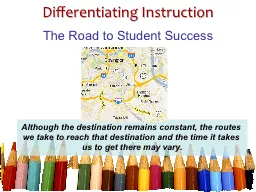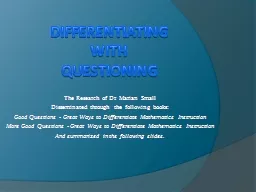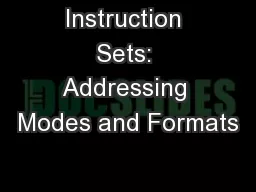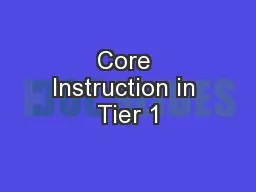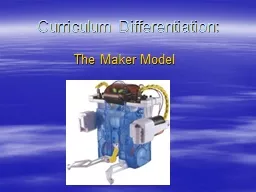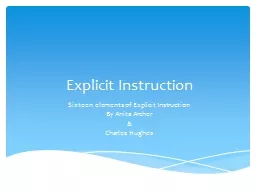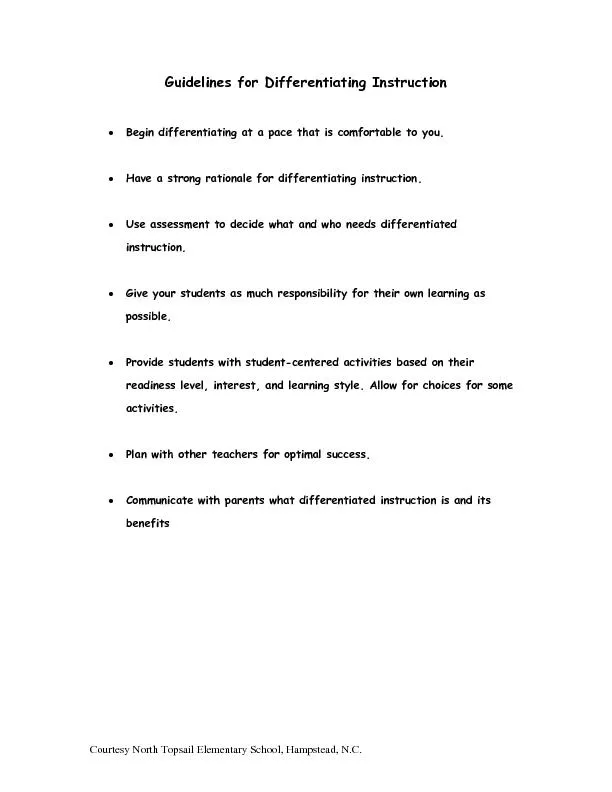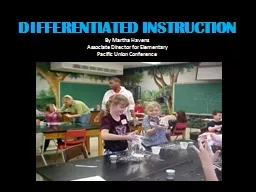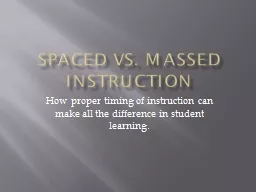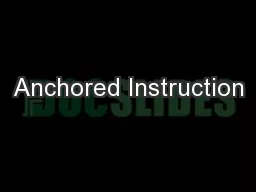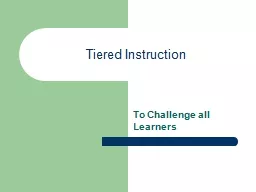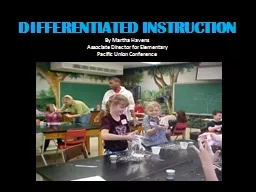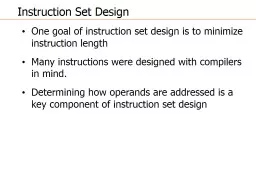PPT-Differentiating Instruction
Author : alexa-scheidler | Published Date : 2017-01-17
The Road to Student Success Although the destination remains constant the routes we take to reach that destination and the time it takes us to get there may vary
Presentation Embed Code
Download Presentation
Download Presentation The PPT/PDF document "Differentiating Instruction" is the property of its rightful owner. Permission is granted to download and print the materials on this website for personal, non-commercial use only, and to display it on your personal computer provided you do not modify the materials and that you retain all copyright notices contained in the materials. By downloading content from our website, you accept the terms of this agreement.
Differentiating Instruction: Transcript
Download Rules Of Document
"Differentiating Instruction"The content belongs to its owner. You may download and print it for personal use, without modification, and keep all copyright notices. By downloading, you agree to these terms.
Related Documents

